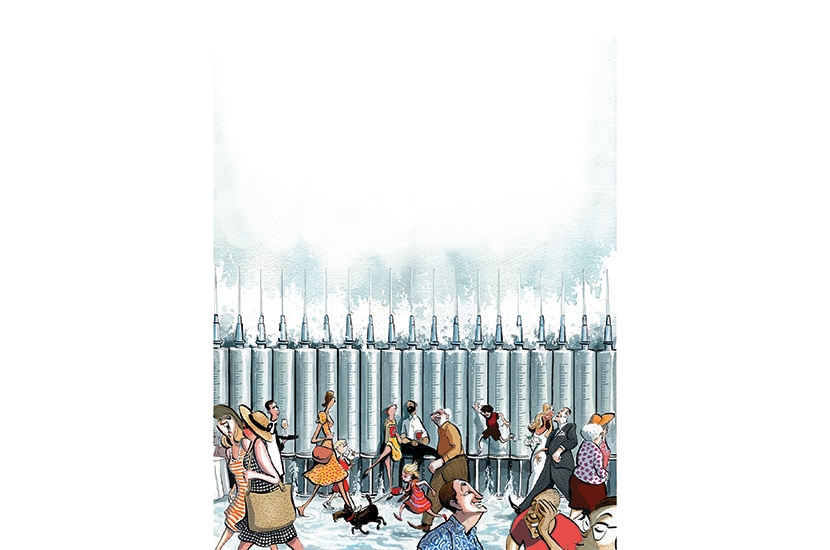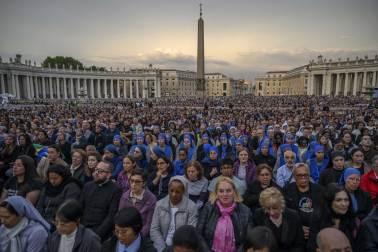A few weeks ago, as the government was preparing for a great reopening on 21 June, I wrote a cover story for The Spectator with some bad news: a third wave was coming, I argued, and it could be even bigger than the second.
It jarred with the mood. Covid cases were falling and a great many people desperately wanted this to be the end of it. My model, the Bristol University PCCF (Predictor Corrector Coronavirus Filter), showed otherwise: the biggest wave could be yet to come. But with a vital difference: hospitalisations and deaths would be much lower than at the beginning of the year when we were largely unvaccinated.
All of that has come to pass, with one exception. The third wave, powered by the far more contagious Delta variant, looks like it will peak at a million infections, which is far lower than I had feared. It is both good and (potentially) bad news. My original argument was that Delta is so infectious that by this summer it would reach everyone susceptible, vaccinated or not, but at least there would be no one left to infect in winter. Now that Covid is in retreat, does it have enough strength for a fourth winter wave?

Neil Ferguson, the Imperial College scientist behind the lockdown strategy, says he is ‘positive’ the pandemic will be mainly behind us by ‘September-October time’. But in contradiction to Prof Ferguson’s newfound optimism, these months have now been pinpointed by Sage’s modelling subcommittee as ‘a particularly risky point in the trajectory of the epidemic’. They identify the threat of a spate of flu and other respiratory illnesses caused by a reduction in our immunity against them after we were repeatedly locked down. They might well be right.







Comments
Join the debate for just £1 a month
Be part of the conversation with other Spectator readers by getting your first three months for £3.
UNLOCK ACCESS Just £1 a monthAlready a subscriber? Log in